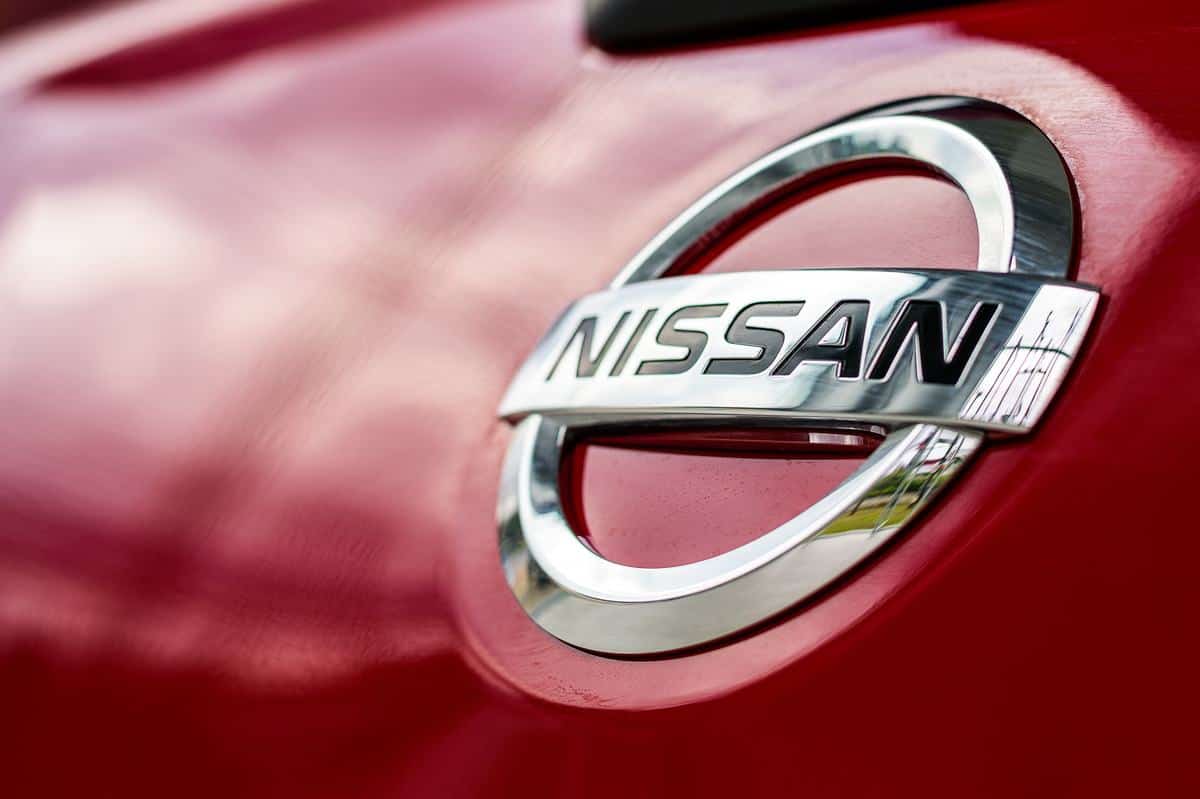Nissan has introduced its new strategy for developing electric powertrains, which the company has dubbed “X-in-1.” This strategy is anticipated to result in significant cost reductions.
The Japanese automaker will use modular core components, which will be shared among various applications.
The first two powertrain packages will be a 3-in-1 for all-electric vehicles (including an electric motor, an inverter, and a reducer/single-speed transmission). Meanwhile, the 5-in-1 for e-Power series-hybrids will have an additional generator and an increaser.
Nissan hints that there may be additional variants in the years to come.
Achieving a 30% cost reduction
The primary goal is to achieve a thirty percent cost reduction in product development and manufacturing (by 2026, using 2019 as a reference).
On the same assembly line, there will be a production of both the 3-in-1 and the 5-in-1 versions.
Especially when taking into consideration the electrification of high-volume transportation, this is a step in the right direction.
However, it is too soon to say how marketable the new drive units could be because they are still in development.
InsideEVs reports that Nissan mentioned a reduction in the proportion of rare earth elements to one percent or less of the system’s total weight is an exciting development. Another consideration is the absorption of vibration and noise.
Nissan to have e-POWER vehicles
- Core component sharing and modularization boost production effectiveness and lower powertrain costs by about 30% compared to 2019. By about 2026, Nissan hopes to have e-POWER vehicles priced similarly to ICE vehicles.
- The unit’s reduced size and weight enhances vehicle handling while reducing noise and vibration.
- Adopt a newly created motor that uses no more than 1% by weight of heavy rare earth elements.
- The enjoyable driving experience particular to Nissan EVs is made possible by sharing core components and control technology.
Nissan has already released several all-electric and e-Power (series-hybrids, without the ability to recharge) models in various parts of the world. Notably, the e-Power is primarily sold in Japan/Asia and Europe.
The company hopes to release 27 new electrified models by the end of the current fiscal year, including 19 all-electric vehicles.
See Also:
- Nissan to invest $250 million in US engine plants that makes leaf motors
- Foxconn plans to join the EV bandwagon; is it too late?
- In France, the Plug-in Vehicle market share increased by 25%
- UK new vehicle sales drop to a 30-year low, but EV demand increases
- 2023 Mercedes-Benz Citan commercial van to be launched in Australia

